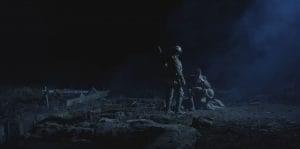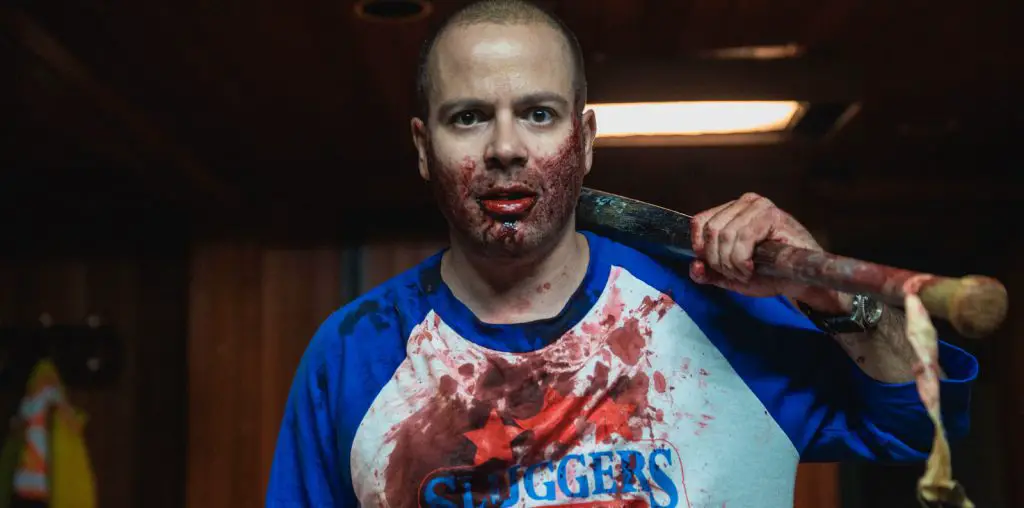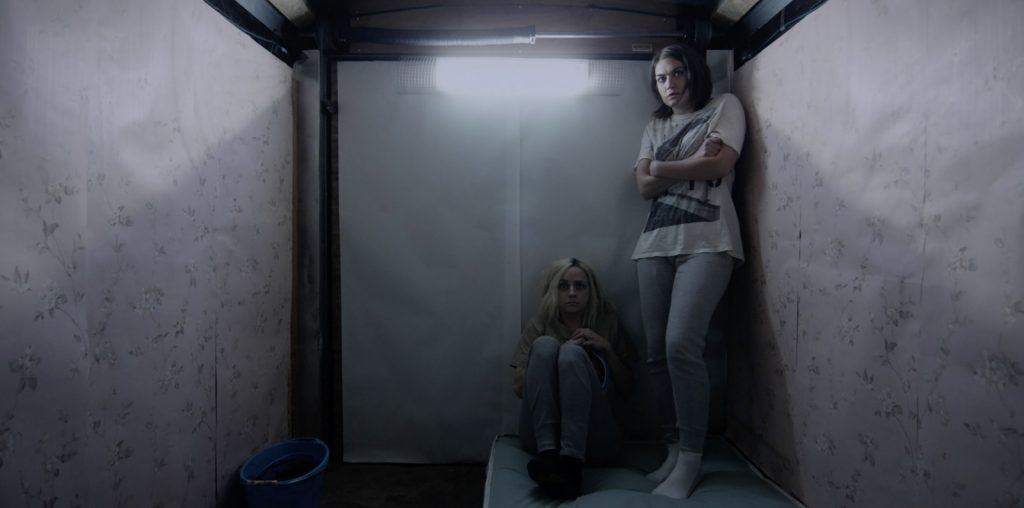
World War I is a subject with a sizable amount of exploratory material, but I feel there could always be more movies made on the conflict. With so many echoes from the era resurfacing in our contemporary international landscape, it is not hard to look at the multimedia of the time and not see the dangerous parallels – and yes, I am referring to The Great War, not its more infamous electric boogaloo sequel.
Some of the more striking material that survived from this period has essentially been the numerous poems and novels published by former soldiers, exploring the horrific experiences and effects of trench warfare. Usually, the mistreatment of post-traumatic stress walked hand-in-hand with the sickly reminiscent and bittersweet musings on innocence lost; then called Shellshock and simply deemed a lack of moral fiber, and not a significant mental condition. This stigma takes center stage in Richard Weston’s The Burying Party, utilizing the actual writings from Great War poets to explore the pain, resolve, and challenges each soldier experienced throughout the (near pointless) four-year worldwide clash.

“…told non-linearly, following the two deployments of Wilfred Owen to the Somme…”
The film is told non-linearly, following the two deployments of Wilfred Owen (Matthew Staite) to the Somme, determined to thoroughly uncover the ‘pity of war.’ We also traipse through the relationships he forges while both in the trenches and during his time recovering at a military hospital, especially his mentor, the acclaimed army poet Siegfried Sassoon (Sid Phoenix). We also meet fictionalized versions of Great War poets C. K. Scott Moncrieff (Harry Owens) and Robert Graves (Will Burren), and observe the gaggle of artists debate the style, substance, and messages of their work, all while openly suffering deep physical and mental wounds.
It almost works. The Burying Party is buttressed by the actual poetry by Owen, Sassoon, Moncrieff, Graves, as well as Rupert Brooke and Percy Bysshe Shelley, providing a lush foundation of imagery and emotion from which to base the narrative. Phoenix, Owens, and Burren deliver multifaceted performances, always exploring multiple emotions in every line delivery, and providing mostly accurate representations of how post-trauma is experienced in many ways.

“…mostly accurate representations of how post-trauma is experienced in many ways.”
The misunderstanding of post-trauma in the early 20th Century is palpable and the atmosphere surrounding the conversation is authentically charged. What doesn’t work is Staite as Owen – despite his admirable efforts, he is sadly miscast and never fully sells on his performance. All performances are also (at times) hindered by the confusing assembly of the film’s story; I was often wondering how a scene fit into the timeline as there were no noticeable shifts in storytelling mechanics or visual language that let us know when this scene was taking place.
Meurig Marshall’s cinematography is pretty polished (except for a handful of moments where some painful overexposure halts our immersion immediately), and manages to wring a decent amount of resonance from most scenes. Though, it could have greatly benefited from a greater range of experimentation to match the ever-constant poetry, as well as a more vividly unique color palette. There are scattershot moments of genuinely powerful filmmaking, but they’re offset by a rough assembly, a jumbled narrative (that could have expanded much further to increase its message’s efficacy), some missed stylistic opportunities and a miscast lead.
The Burying Party is almost there – with some serious potential, some strong supporting performances, and an always-fascinating subject, but it ultimately is too underbaked.

The Burying Party (2018) Directed by Richard Weston. Written by Richard Weston, Laurence Thompson. Starring Matthew Staite, Sid Phoenix, Harry Owens, Will Burren, Mike Barrowman.
6 out of 10


